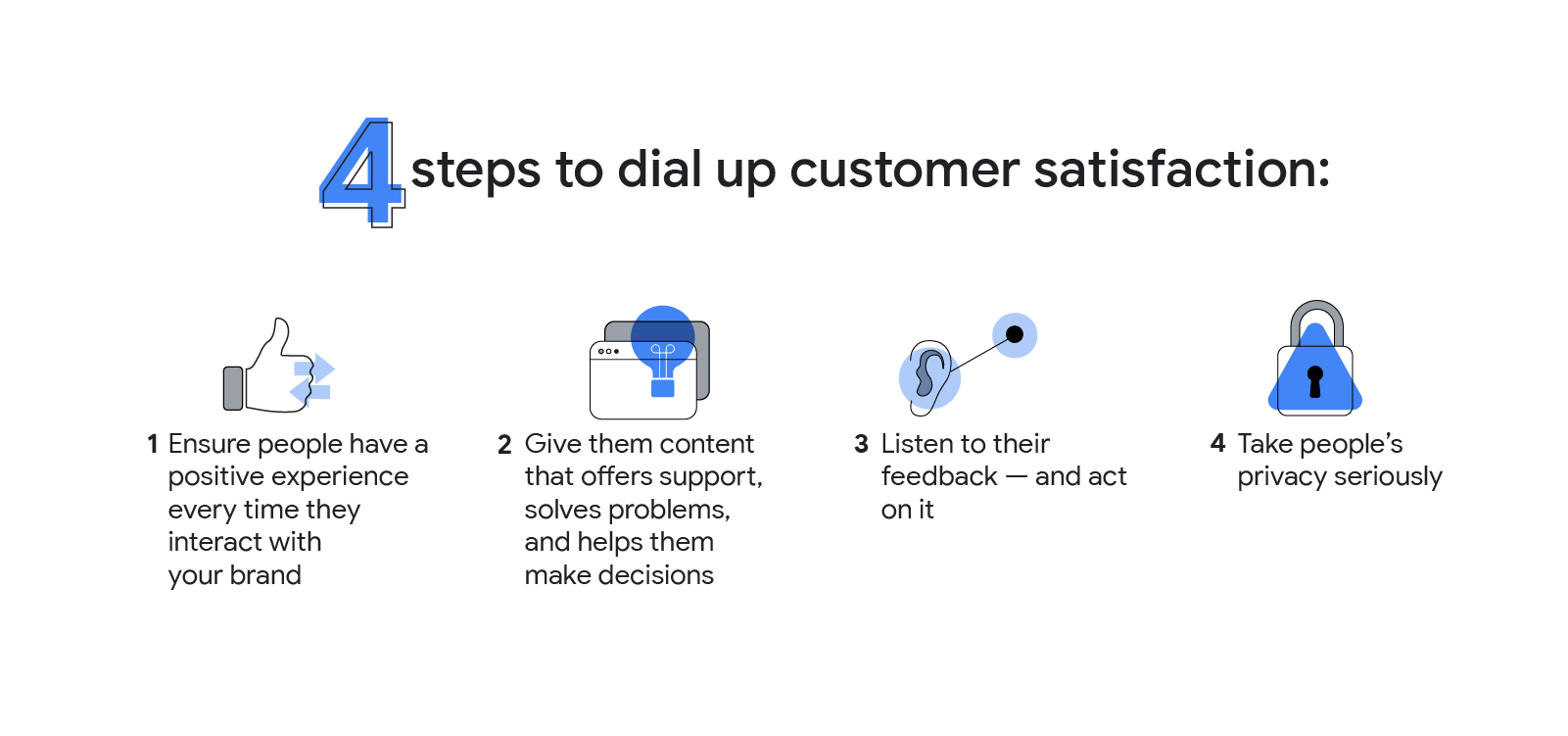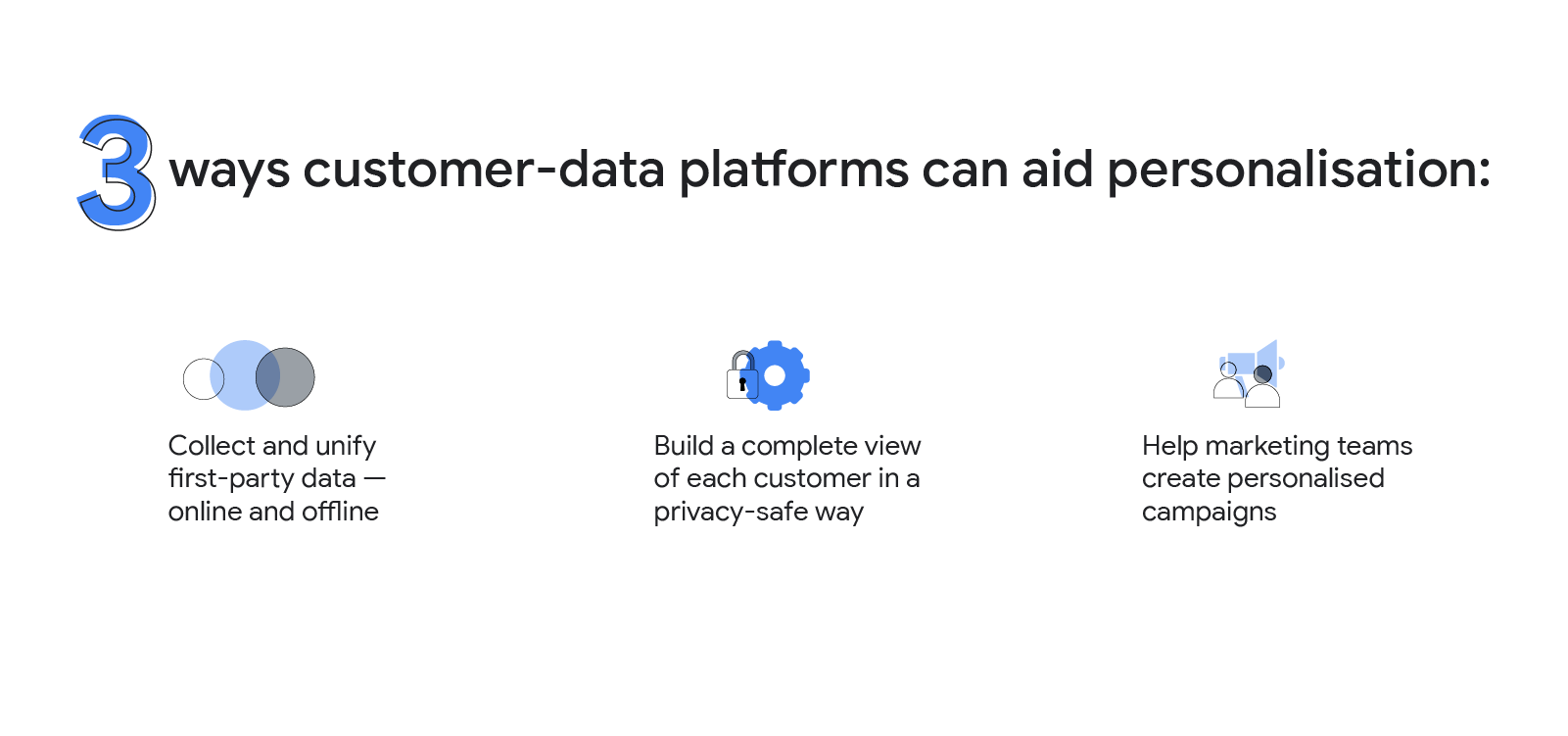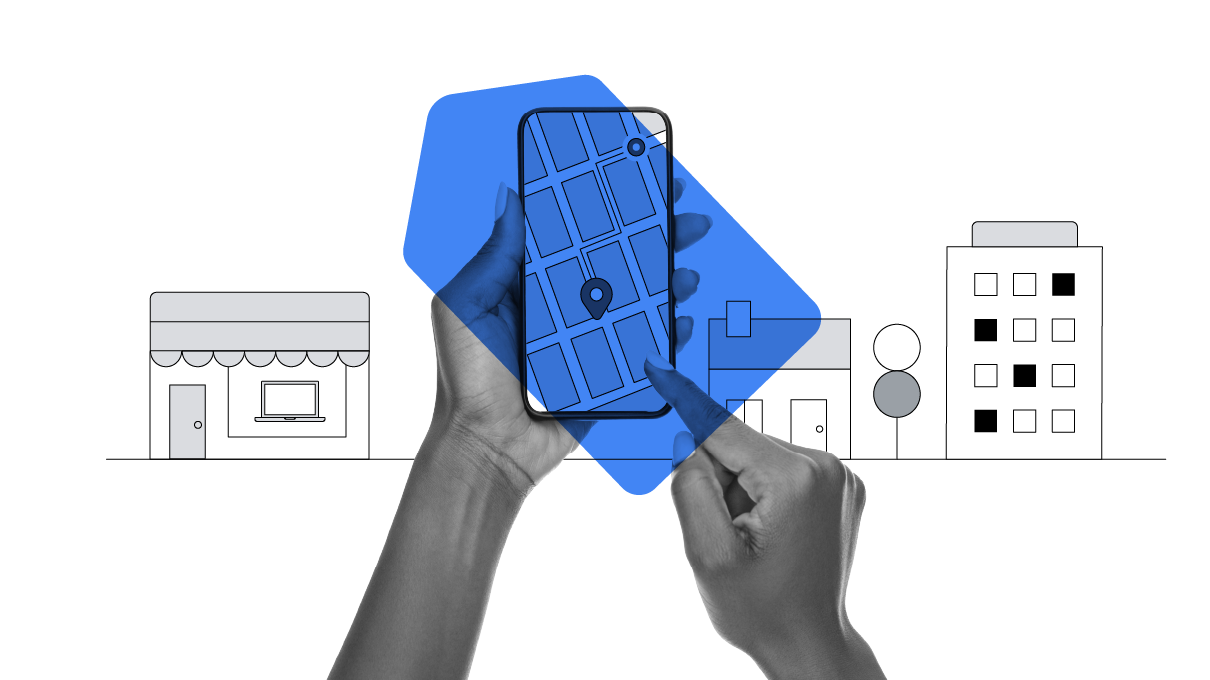Janira Hernandez drives growth, digital transformation, and innovation across the Middle East and North Africa at digital advertising platform Smartly.io. Margot Bletterie leads data marketing practices across MENA at consultancy firm Artefact.

About one-third of chief marketing officers (CMOs) in the Middle East and North Africa (MENA) say they’re investing in personalisation this year.
But for that investment to be successful, wider management buy-in is key. After all, if the entire leadership team isn’t championing personalisation from the ground up, its execution is much less likely to work.
Three mindset shifts can help business leaders — even those outside the marketing team — get on board to build a stronger people-meets-technology framework that will set their brands up for long-term personalisation success.
1. Prioritise customer satisfaction over short-term gains
When a brand's personalisation efforts are hindered — even unintentionally — by a lack of broader executive support, there might be something deeper at play: a corporate culture that isn't customer-centric enough.
The best way for a business to ensure it’s being customer-first is by weaving that approach into its culture from the ground up — from the back office to call centres, IT, marketing, finance, logistics, and management.

It also means prioritising customer satisfaction over short-term gains. Customer happiness is one of the most underestimated metrics out there, but without happy customers, long-term profits are tough to crack.
You can dial up customer happiness by ensuring that people have a positive experience every time they interact with your brand.
Put a customer experience framework in place that factors in every area of customer contact across your business. Then make sure that each area directly supports customer satisfaction – from phone calls to email support, live chat to in-person interactions, and website and app engagement.
Your social media and ads can also affect a customer’s experience. Whatever content you put out there needs to provide support, solve problems, and help them make decisions.
Listening to customers is also key — especially when it comes to personalisation. Collect feedback on your website and app, send post-purchase emails, follow-up with people offering them easy ways to leave reviews, and re-engage them through your campaigns with relevant messaging.
And — very important — don’t forget to act on what they’ve told you.
Whenever you’re collecting information, remember that consumers take their privacy even more seriously than you may realise. Make sure you’re getting the fundamentals of privacy right, with transparent, privacy-focused communications that tell people why you’re collecting their data, what you’ll be using it for, and what they can expect from you in return.
Giving people the tools they need to manage their privacy — for example, allowing them to opt out of data collection, or to edit and review their data — are all good practices to adopt if you haven’t already.
2. Expand your online-only view to aid offline too
In a digital world, it’s easy to get stuck in an online-only frame of mind, but personalisation is increasingly about much more than just digital marketing.
In the near future, stores and live events will also likely be reimagined to be more personalised. It’s important to start approaching your marketing from that perspective.
We know that the best way to offer a successful personalised experience — online or offline — is by understanding customers in real time. That means adopting a broader and more efficient data collection and usage mindset.
If you already have a rich pool of consented first-party data, it can help to invest in a centralised customer-data platform (CDP).

Unlike traditional customer relationship management (CRM) solutions, CDPs — like Google Cloud’s CDP — provide AI-powered technology that collects and unifies first-party data from multiple sources, online and offline. It then builds a single, coherent, complete view of each customer in a privacy-safe way, making that data available to marketers to help them create relevant personalised campaigns.
While a rich pool of data and customer data platforms can greatly benefit personalisation efforts, they won’t work if your management, marketing, IT, and engineering teams aren’t following the same philosophy and martech roadmap.
In an ideal world, that means developing use cases together, tracking pilot performance, and collecting a library of standards and lessons learned. It also means ensuring your tech stack systems — the software platforms, tools, services, hardware, and networking devices that form the building blocks of your company’s development ecosystem — can keep pace with the expansion of personalised experiences in a privacy-safe way.
3. Embrace a people-meets-AI mindset — and recruit accordingly
Today’s ecosystems require different skillsets from those of traditional marketing.
Organisations need data scientists and engineers in place to effectively manage an influx of more sophisticated consumer data. They also need analytical translators who can communicate goals and outcomes to tech and business stakeholders.
With AI continuing to develop and more companies building AI solutions in-house, brands also require creative problem solvers who can design and manage the system architecture needed to drive personalisation success.
A chief data and analytics officer (CDAO) helps ensure the wider team aligns their performance indicators so everyone is working towards the same goals.
With this in mind, business leaders need to recruit professionals who have a bigger-picture outlook. For example, a chief data and analytics officer (CDAO).
Alexis Jean-Baptiste joined L'Oréal Middle East as CDAO in November last year. He says that while it’s important for CDAOs to manage data and analytics as well as a cross-functional team, there’s more to it. They need to understand the latest privacy regulations and ensure that people across the company are continuously trained on data, AI, and personalisation — all in the name of making better decisions for customers.
“We know that personalisation is built on a foundation of high-quality, clean data, but it won’t mean anything if it’s not driven by objectives,” Alexis says. “CDAOs don’t only focus on being privacy-safe and data-driven. They also help ensure the wider team aligns their performance indicators so everyone is working towards the same goals.”
Alexis says it can take up to a year to get the foundation blocks deployed, fully aligning privacy, a data-driven culture, people, data, and performance objectives. However companies could start seeing the benefits of this approach in about six months if they start tackling low-hanging fruits first to generate engagement. That means starting with projects they can deliver quickly, and celebrating small wins. They can then build on top of their first success stories from there.
Avoid slipping back into old habits
It’s easy to fall back into old patterns. Sharing a new approach or way of thinking with your wider team will not only help you stay on the right track, it will also remind them of the vital role they play in your business’s personalisation success.
Three simple mindset shifts that can help set your brand up for long-term personalisation success are:
- Prioritise customer satisfaction over short-term goals
- Expand beyond an online-only personalisation approach
- Embrace an AI mindset and recruit accordingly







